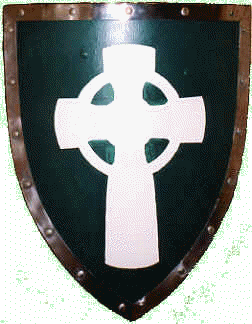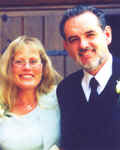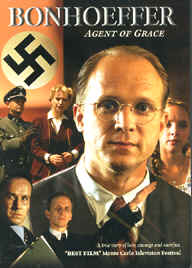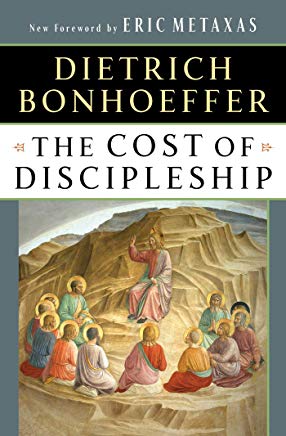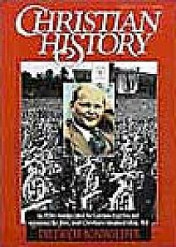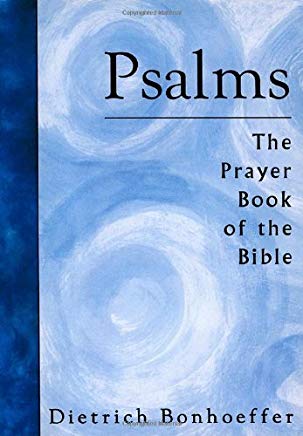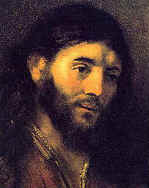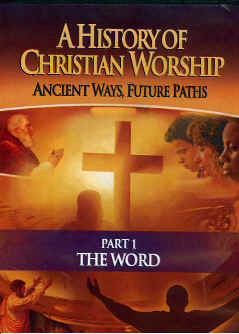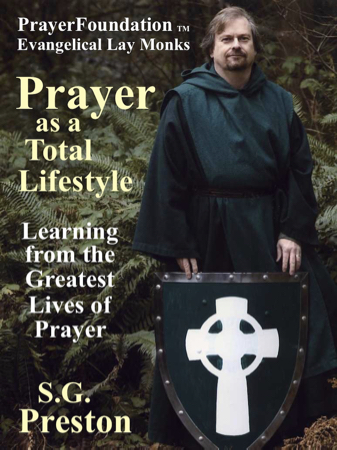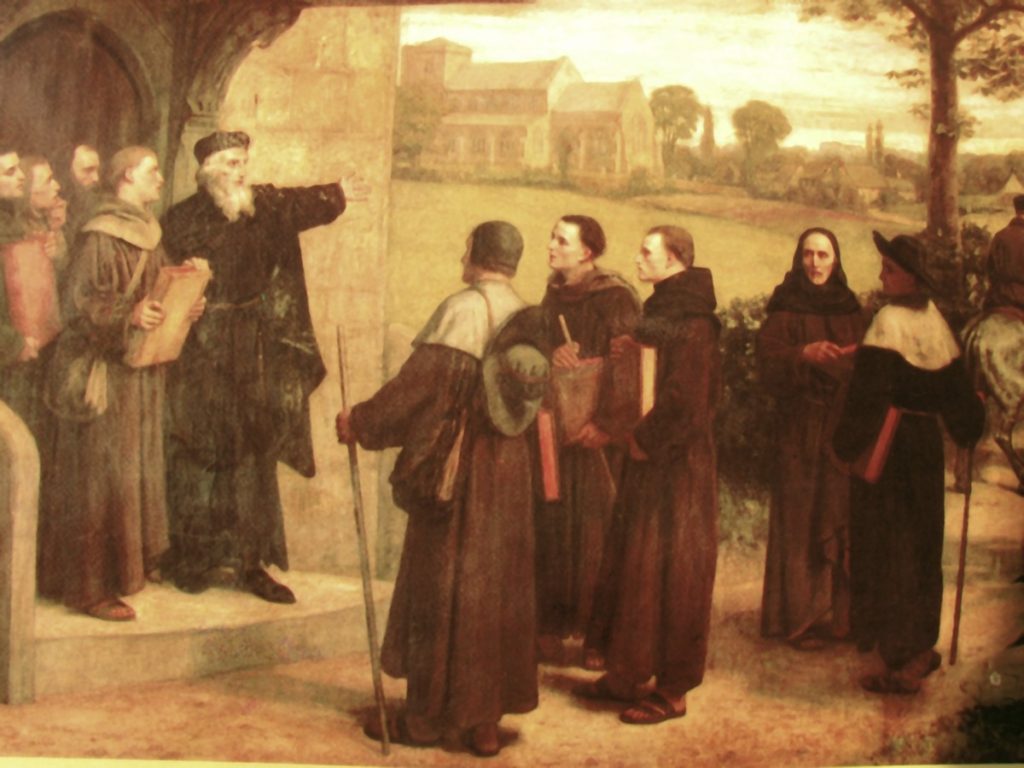


“For this God is our God, forever and ever. He will be our guide, even beyond death.”
-Psalm 48:14



“Sambith seirbhis a dhéanamh do dhà mhaighstir.”
“No one can serve two masters.”
-Matthew 6:24 (In Gaelic}
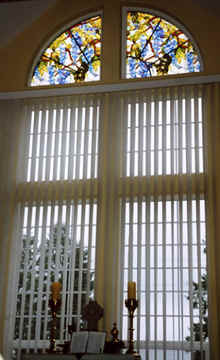
HiStORicaLLy:
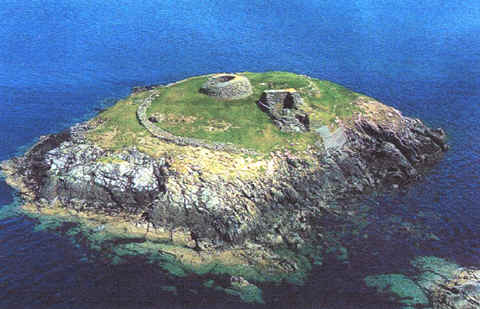
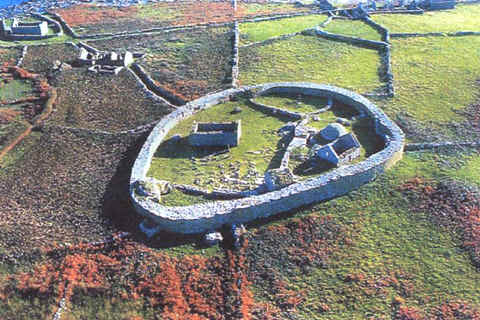
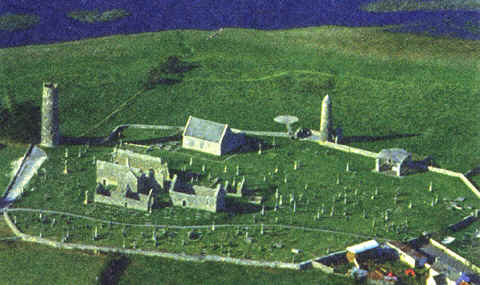

John Wycliffe’s teachings inspired John Hus, Jan Amos Comenius,
Count Zinzendorf & the Moravians, and William Carey,
and led to the founding of the modern Missions movement in the 1800’s.
___________
“To people of all nationalities the first Protestants bequeathed in spite of themselves
a heritage of spiritual freedom and equality,
the consequences of which are still working themselves out in the world today.”
-Stephen Ozment (Author: “Protestants”)
(There are between 800 million and 1 billion Protestants worldwide,
among approximately 2.5 billion Christians.)
___________


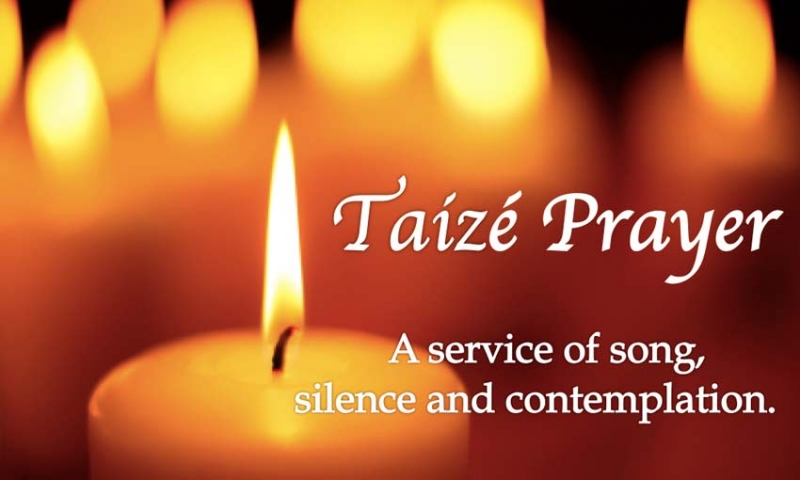

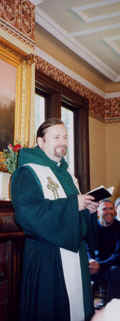
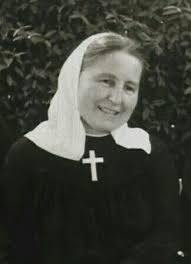

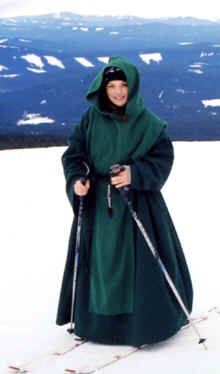

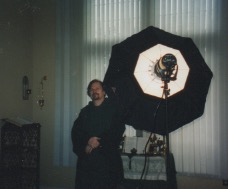
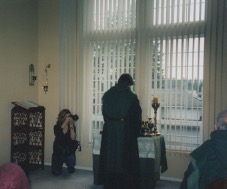


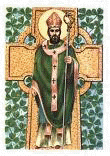

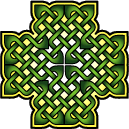





Paul D.J. Arblaster, in his book, “Celtic Christianity Yesterday, Today, and for the Future: Gleaning Wisdom from the Primitive Protestants,” also makes this case for the Celtic Christian monastics.
(Click on the Photo of the Arblasters in the Column at the Right to read about Brother Paul and his ministry of evangelism on our webpage:
Brother Paul in the U.K.: Features Category).

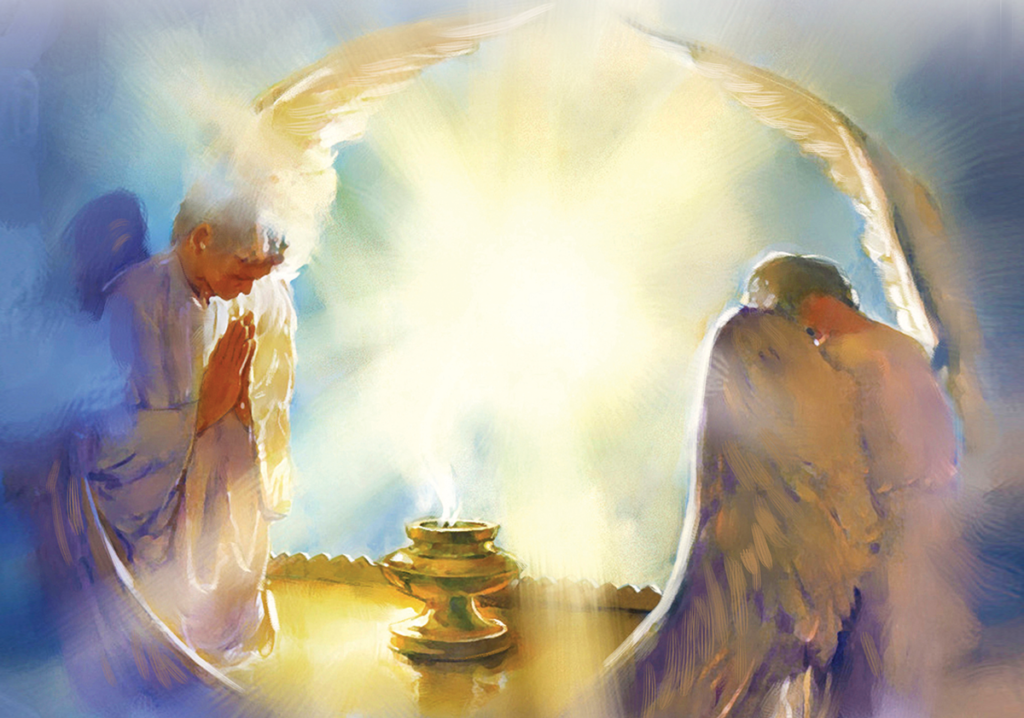



iN tHE MOdERN ERA:
‘…the restoration of the church will surely come only from a new type of monasticism which has nothing in common with the old but a complete lack of compromise in a life lived in accordance with the Sermon on the Mount in the discipleship of Christ.
I think it is time to gather people together to do this…’
(Portland, Oregon / Vancouver, Washington)
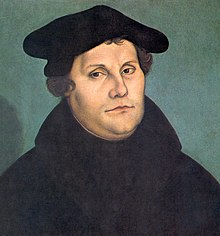
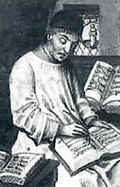
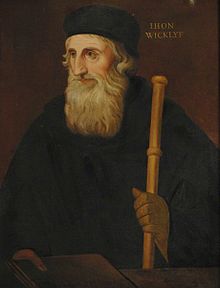

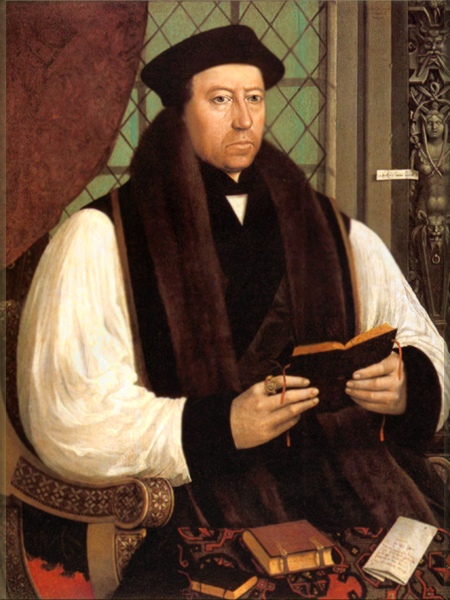
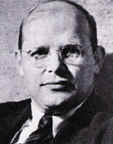
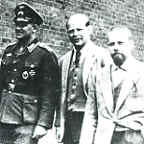
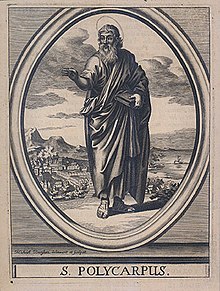



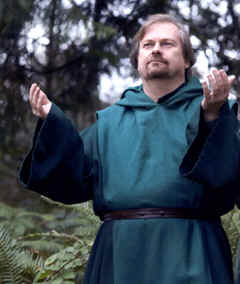
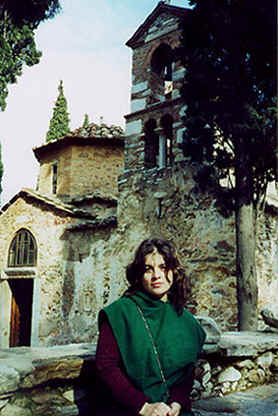

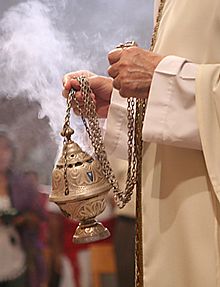









WHy did MaRtin LutHEr End tHE MONAStERiiES?
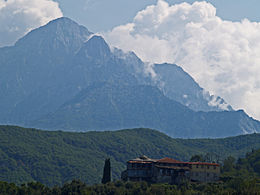
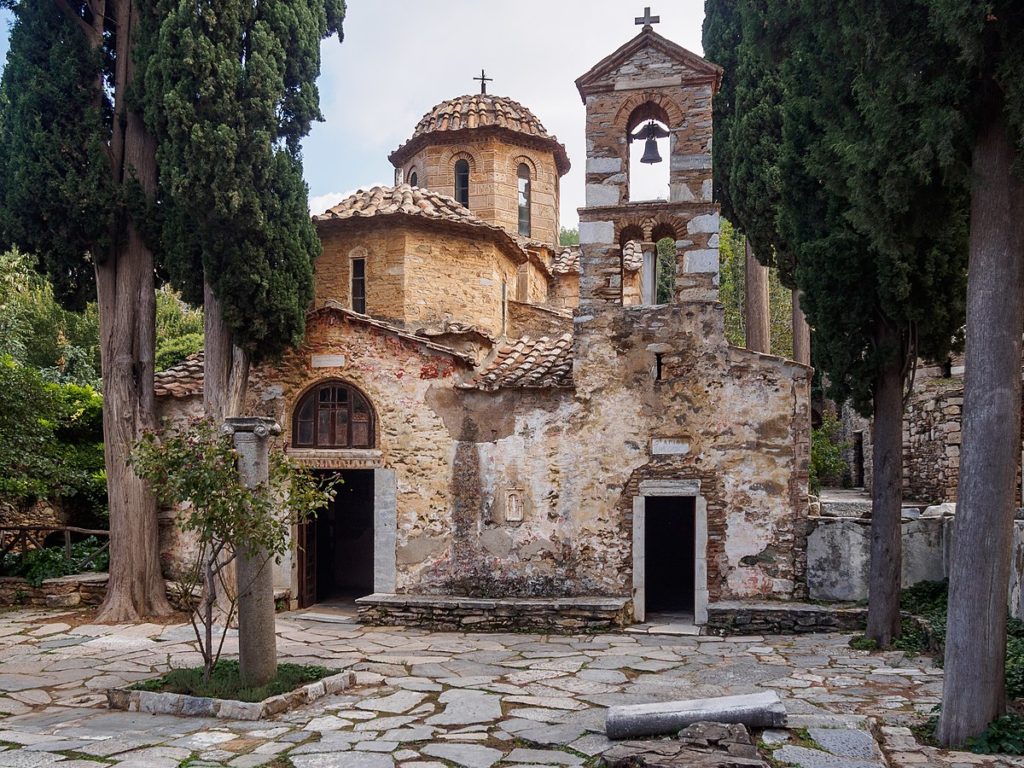
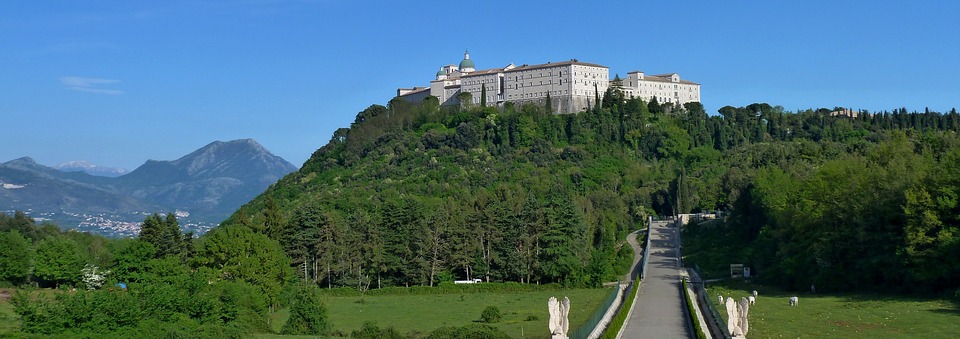
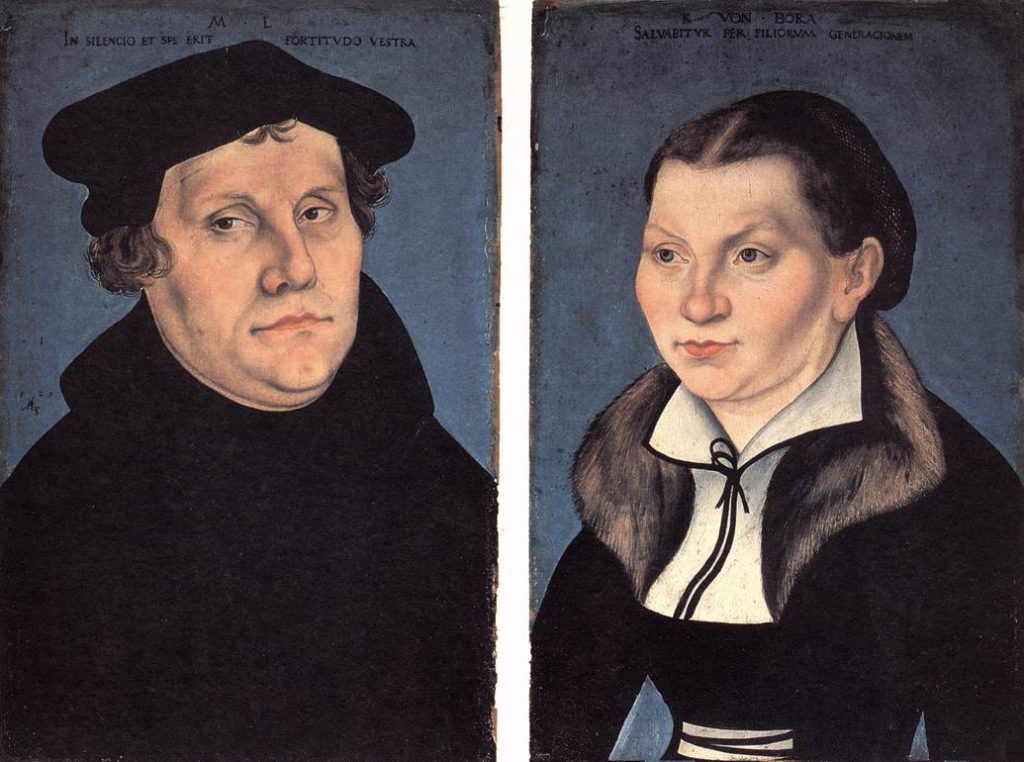

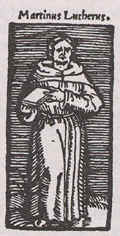
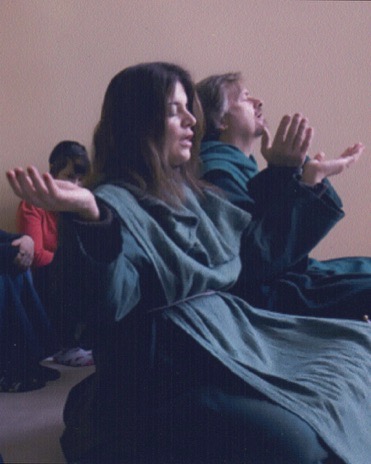

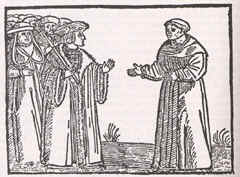
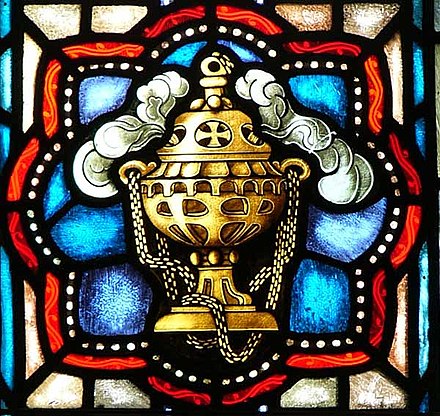
A Brief History of Protestant Monasticism
Commentary:
Martin Luther at first considered retaining the monasteries as schools. Later in life he regretted ending them, but by then it was too late.
Luther’s decision to end the monasteries was to a large extent a reaction against two doctrinal errors concerning the way in which monks and monasticism were viewed in his time.
The Doctrinal Errors:
(1.) Becoming a monk was viewed as the best way to “attempt” or “hope” to attain salvation.
It was considered as efficacious as if it were a “second baptism,” in the following sense…
Baptism was considered to be an act (Sacrament) that removed Original Sin.
(2.) Becoming a monk was considered to be an act that removed all of your sins up to that point in your life, so that you started over with a tabula rasa (clean slate)…as though you had been baptized again.
Martin Luther, in correctly rejecting these two doctrinal errors, unfortunately rejected monasticism also, instead of reforming it, thus, in my opinion:
“Throwing the baby out with the bath water.”
-Lay Monk Preston






WHAt if LutHEr HAd RefORMEd MONASticiSM ?
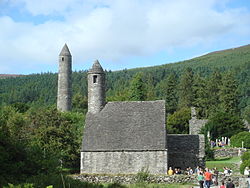
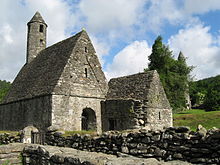
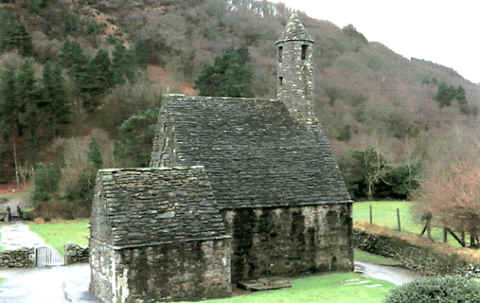

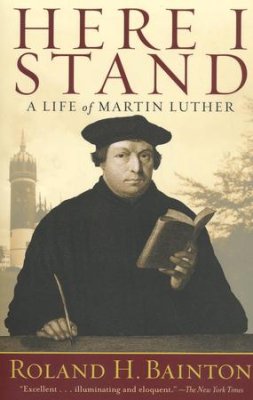
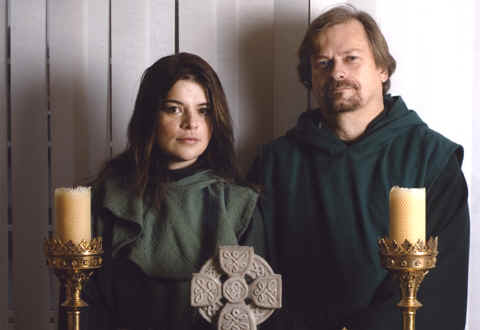


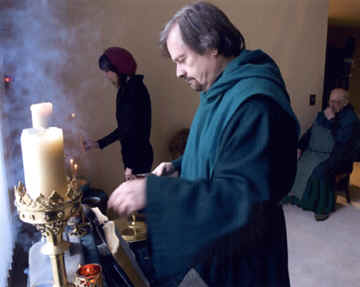

What might a Monasticism reformed by Martin Luther have looked like?
Well, what did a reformed Ministry (Priesthood) look like?
The first step was to end the practice of “forbidding to marry” (1 Timothy 4:3), to allow married Priests (as Eastern Orthodoxy has always done).
500 years later, the Roman Catholic Church is currently having this same debate.
A Return to the Prayer Practices of the Early Church
The next step, which Lay Monk Preston and Lay Monk Linda took when they founded The Prayer Foundation / Knights of Prayer Lay Monastic Order,™ was to emphasize the return of Early Christian practices of devotion to prayer and to the word of God (Acts 6:4), back to the average Christian.
Some New Testament and Early Church practices had long been relegated primarily to the monks in the monasteries, but are in fact the spiritual heritage of all Christians.
These include observance of The Threefold Daily Prayers; the three prayer times of the Apostles in the New Testament, and of the Early Church for its first 800 years; and use of the Psalms as the Prayer-book of the Church by all Christians.
So what might a reformed monasticism have looked like?
It might have looked very much like the “Third Order” that St. Francis created for average Christian householders;
those who remained in their own homes, jobs, careers; with their own families, and in their own local churches.
It might have looked very much like the PrayerFoundation Evangelical Lay Monks,™ with its Knights of Prayer Lay Monastic Order.™



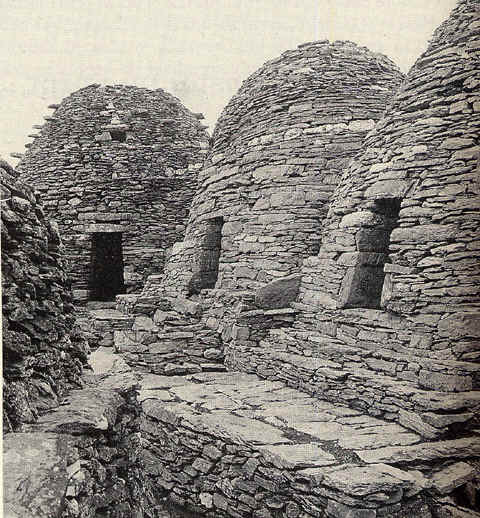
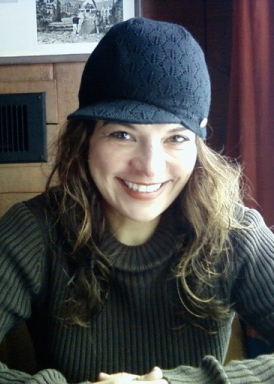




SAyiNGS Of tHE dESERt FatHERS & tHE dESERt MOtHERS:
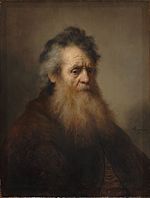
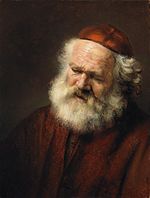
“The spiritual practice of Abba Sisoes the Theban, was to read Scripture from beginning to end, then begin again at Genesis.
When a monk asked Abba Sisoes for a word of advice, he would answer, ‘I read the New Testament, and then I read the Old.’”
______________________
Abba Pastor once said, “If someone does evil to you, you should do good to him, so that by your good work you may drive out his malice.”
______________________
“The Brothers requested of Abba Pambo, ‘Speak a word to Bishop Theophilus, that he may be edified while he is visiting.
The old man answered, ‘If the Bishop is not edified by my silence, I have no hope that he would be edified by my words.'”
______________________
Abba Copres often told us: “Blessed are those who bear affliction with thankfulness.”
______________________
“In Skete, a Brother asked for a word from Abba Moses, who told him,
‘Go and sit in your cell (prayer room), and your cell will teach you everything.'” ______________________
Abba Poemen taught: “It is water’s nature to be soft, and a stone’s nature to be hard; but if you suspend a bottle over a stone, and water continuously falls one drop at a time, it will wear away the stone.
Even so is God’s Word. It’s nature is to be soft, and our heart’s nature is to be hard; but whoever listens to the word of God often, will open their heart to reverence for God.”
______________________
-Sayings of the Desert Fathers
“A new heart also I will give you, and a new spirit I will put within you; and I will take away the stony heart out of your flesh, and I will give you a heart of flesh.”
-Ezekiel 26:36


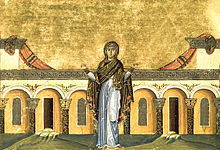
‘In the beginning,’ Amma Syncletica taught us,
‘there are a great many battles and there is much suffering for those who would draw near God, but afterwards, great joy.
It is like someone who kindles a fire. In the beginning they are choked by smoke and cry, but they will at length receive what they are seeking after…
…in the same way we need to kindle the divine fire within ourselves through tears and hard work.'”
______________________
“Amma Theodora taught:
A teacher ought to be a stranger to the desire for domination, vain-glory, and pride;
one should not be able to fool him by flattery, nor blind him by gifts, nor conquer him by the stomach, nor dominate them by anger;
but they should be patient, gentle and humble as far as possible;
they must be tested and without partisanship, full of concern, and a lover of souls.”
______________________
-Sayings of the Desert Mothers
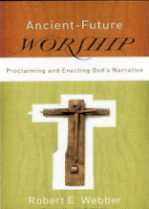
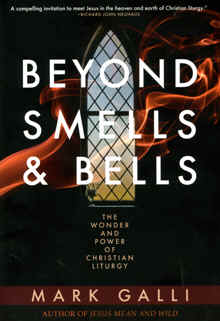
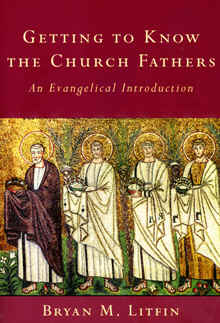
This Website: PrayerFoundation Evangelical Lay Monks ™ Built by: S.G. Preston Ministries ™
Copyright © 1999-2024 S.G. Preston. All Rights Reserved.
Photos & Text Copyright © 1999-2024 S.G. Preston. All Rights Reserved.
